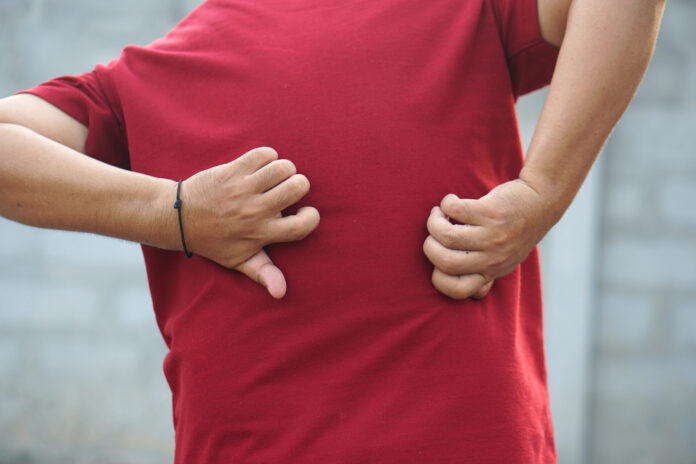While there’s no cure for shingles, a common viral infection, early treatment can prevent complications and help you recover more quickly.
Shingles, also called herpes zoster, is a disease that triggers a painful skin rash, which develops into fluid-filled blisters. It typically develops on just one side of the body or face, and in a small area. The most common place for shingles to occur is in a band around one side of the waistline.
Shingles is caused by varicella zoster virus (VZV), the same virus that causes chickenpox. After a person recovers from chickenpox, the virus stays dormant (inactive) in their body but can reactivate later, causing shingles.
Most people with shingles have one or more of the following symptoms:
- Painful rash
- Fluid-filled blisters
- Burning, shooting pain
- Tingling, itching, or numbness of the skin
- Chills, fever, headache, or upset stomach
Anyone who thinks they have shingles should see a doctor within three days of getting the rash. They will do a complete physical exam and ask about your medical history, specifically about whether you have ever had chickenpox. Your healthcare provider will likely know right away that it is shingles based on the unique rash. There is a test to confirm shingles, but it is not normally needed.
There’s no cure for shingles; it simply has to run its course. Most treatments focus on pain relief, and painkillers may help relieve some of the pain. Antiviral drugs—Acyclovir (Zovirax), Famciclovir, and Valacyclovir (Valtrex)—may help lessen some of the symptoms and reduce nerve damage.
These medicines are most effective if you start taking them as soon as possible after the rash appears, which is why it’s critical to see a doctor as soon as you suspect shingles.
Here are a few more ways to manage symptoms of shingles:
- Use over-the-counter or prescription medications to relieve pain
- Take lukewarm colloidal oatmeal baths or applying calamine lotion to reduce itchiness
- Use topical treatments, such as lidocaine cream, gel, skin patches, or spray
- Keep the rash clean and dry
- Cover the rash with a loose dressing
- Wear loose-fitting clothing for comfort
People with shingles cannot spread the virus before their rash blisters appear or after the blistering rash crusts. But direct contact with the fluid from your rash blisters can spread VZV to people who have never had chickenpox or never received the chickenpox vaccine.
To protect others, cover the shingles rash. It lowers the risk of spreading the virus. If someone does get infected, they will develop chickenpox, not shingles. However, they could develop shingles later in life.
The most common complication of shingles is a condition called postherpetic neuralgia (PHN). People diagnosed with PHN have severe pain for at least 90 days after the shingles rash has cleared up. The pain can lead to a lower quality of life for many people. As people get older, they are more likely to develop PHN, and the pain is more likely to be severe.
If you believe you’re experiencing PHN after a shingles outbreak, talk to your doctor about the best ways to manage your pain. Usually, PHN will lessen over time. But if the pain persists, it can lead to depression, anxiety, weight loss and significantly impact a person’s quality of life.
This article is brought to you by GSK.





